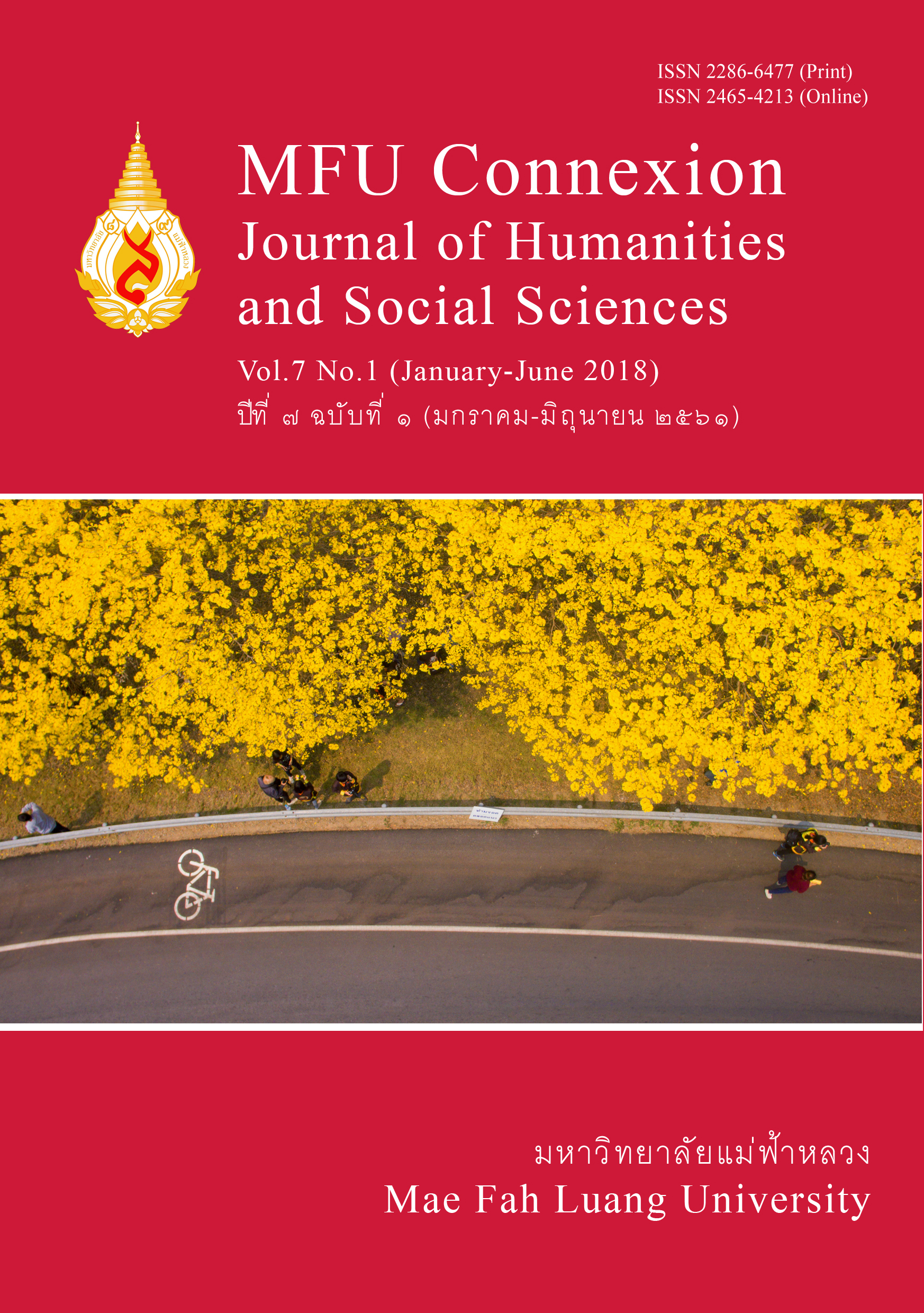Interpretation of Double Taxation Agreement (in Thai)
Main Article Content
Abstract
Double Taxation Agreement is an international treaty where tax authorities of two countries mutually agreed to eliminate the double taxation that may arise. For most countries, the OECD and UN Model are the basic models that are widely accepted. However, noted that both models have no legal binding for countries. Tax authorities may negotiate any article differ from Models as they agree to each other. Moreover, there are many languages for the said agreement. Hence, when a dispute arises, the question is how should one interpret the Double Taxation Agreement.?
Article Details
Copyright
Connexion: Journal of Humanities and Social Sciences has an exclusive right to publish the accepted articles in any form. However, the author retains the following rights:
1. The right to the ownership of the article;
2. The right to use all or part of the article in his/her other works;
3. The right to re-produce the article for personal use or for use in the author’s organisation, in which case the author must obtain permission from Connexion: Journal of Humanities and Social Sciences;
4. The right to make copies of all or part of the work for educational use or for the author’s use in classroom teaching; and
5. The right to include the work (both the preprinted and printed versions) in an institutional repository.
References
Baker, P. (1994) Double taxation conventions and international tax law, Kluwer: Sweet & Maxwell.
Lenz, R. (1960) The general reporter in the international fiscal association’s 1960 report on the interpretation of double taxation conventions, Basel: Verlag für Recht and Gesellschaft.
Vogel, K. (1986) Double tax treaties and their interpretation, Berkeley Journal of International Law, vol. 4, pp. 1-85.


